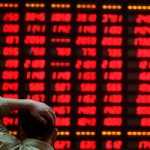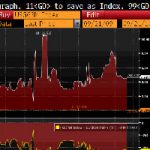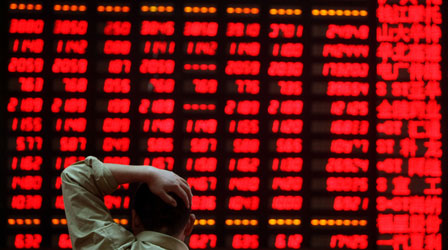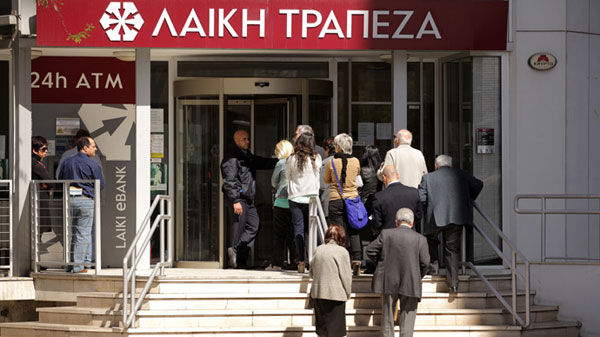April is the month when stock markets usually fall out of bed, starting major corrections that last sometimes till just July, other times dragging on into the foothills of Christmas.
There’s good reason to think the same will happen this year.
Wall Street has been in a strong and consistent uptrend for four years, but there is enough accumulating bad news to suggest that it’s ready for at least a period of consolidation, if not something stronger such as a re-think about valuations:
- Growth in earnings, which has been declining for many quarters, now seems to have disappeared. There was no growth at all in the profits of the 500 biggest listed firms in the fourth quarter.
Analysts are forecasting that earnings growth will bounce back this year to 15 per cent. Is that really credible?
- The quality of the demand that has been pushing up the market as a whole suggests lack of confidence in the future.
The leading sectors have been the lowest-risk ones – healthcare, consumer staples, utilities – not the gung-ho sectors that lead in boom-times such as the techs and industrial materials.
Investors continue to prefer companies offering relatively safe, sustainable dividend yields, rather than those focused on growth and retaining earnings to plough into expanding their businesses.
Commodities are normally strong when shares are hitting record highs, but this time they’re lagging, signalling that there’s not going to be the usual follow-through of an upthrust in industrial production, boosting industrial profits.
- The stock market has been rising on a flood of easy money. It’s become disconnected from reality as measured by traditional measures of valuation as institutional investors and speculators take advantage of abundant, nearly-free credit to enjoy the ride on rising investment assets.
The cyclically-adjusted price/earnings multiple for the S&P 500 index has reached about 23 times – high by historical standards.
But now there is increasing chatter about an impending end to “money printing” policies as Fed governors worry about long-term consequences and start to raise interest rates.
In my opinion such talk is premature, probably greatly so. But the market could have an attack of nerves nevertheless.
- The dollar has been rising strongly for several months against two of the three currencies that matter most – the euro and the yen.
The austerity crisis in Europe and the overt cheaper-yen policy of the new Japanese government suggest that the greenback will continue to strengthen for some time. The well-known Swiss bank adviser George Magnus suggests the dollar could continue rising until 2015, “marking a big shift in the investment environment.”
However, a stronger dollar would be a negative for American companies that derive a big chunk of their profits from abroad, either from export sales or foreign business operations.
- The US economy is likely to continue delivering growth – but sluggishly. Consumers are still too highly geared to be able or willing to go deeper into debt to boost their demand beyond uninspiring normality.
Corporations lack the confidence to make big investments in future business. They prefer to sit with their cash – an incredible $1½ trillion – and distribute more of it to shareholders via dividends and buybacks. Dividends and buybacks at S&P companies rose by more than 20 per cent in the fourth quarter.
- The outlook for much of the rest of the world economy is mediocre.
Europe is in the grip of the Austerians, who rightly or wrongly are sacrificing economic growth as the price to be paid for containing the bubble in public debt. Of American companies who provide regional breakdowns, about half of their foreign sales come from Europe.
China continues to grow at an amazing rate, but policy remains focused on constraint and restructuring the economy – an equivocating stock market shows lack of investor conviction that anything exciting is coming down the track.
The outlook for Japan looks brighter – but only if you believe that the Abenomics package will actually be implemented and succeed. It consists of policies that have been tried before and failed, plus a new one, foreign trade liberalization, that will be very difficult politically to carry through.
CopyRight – OnTarget 2013 by Martin Spring







